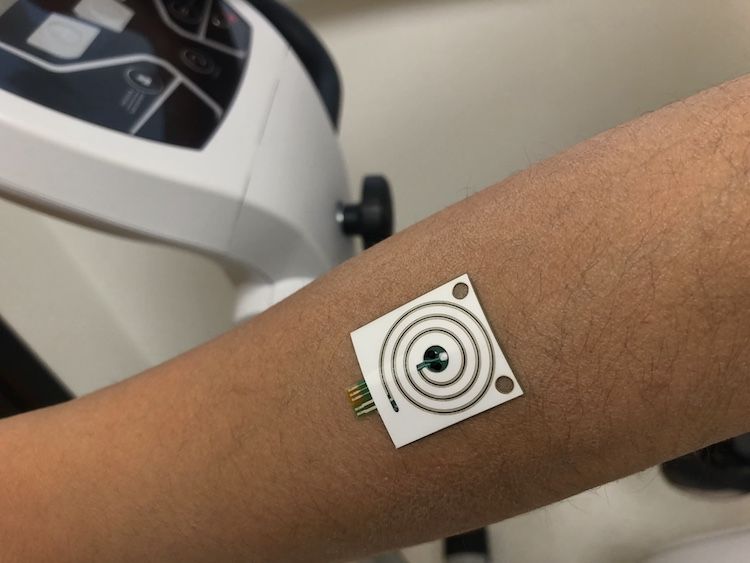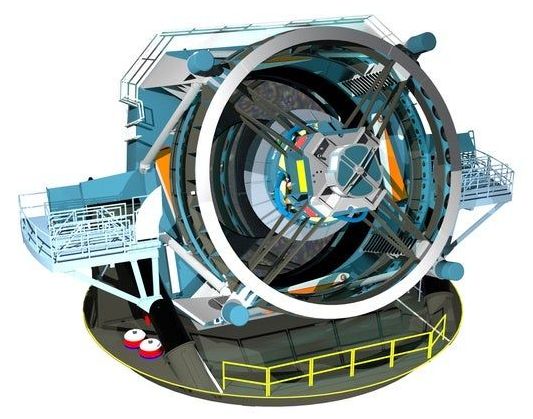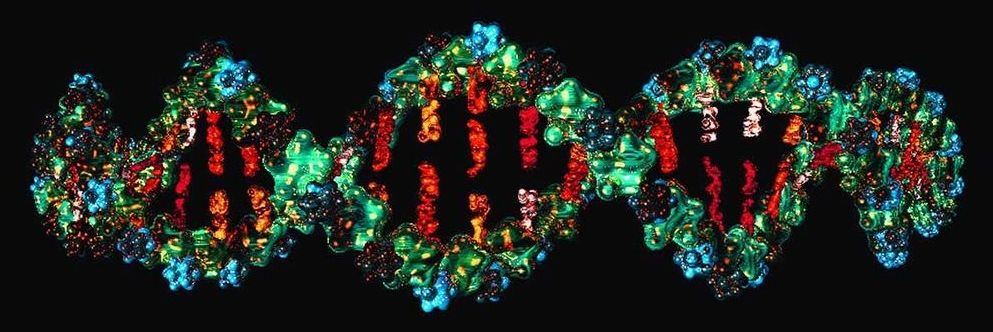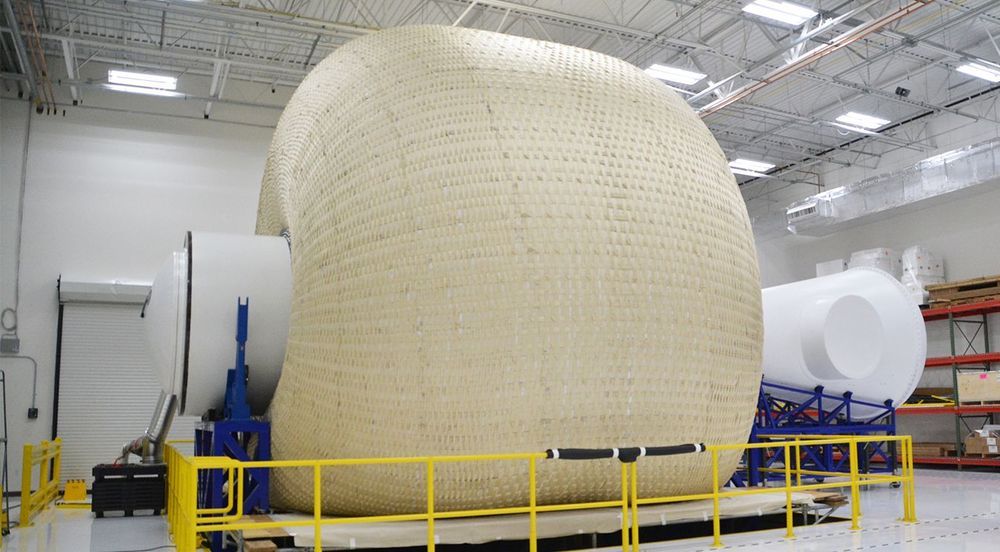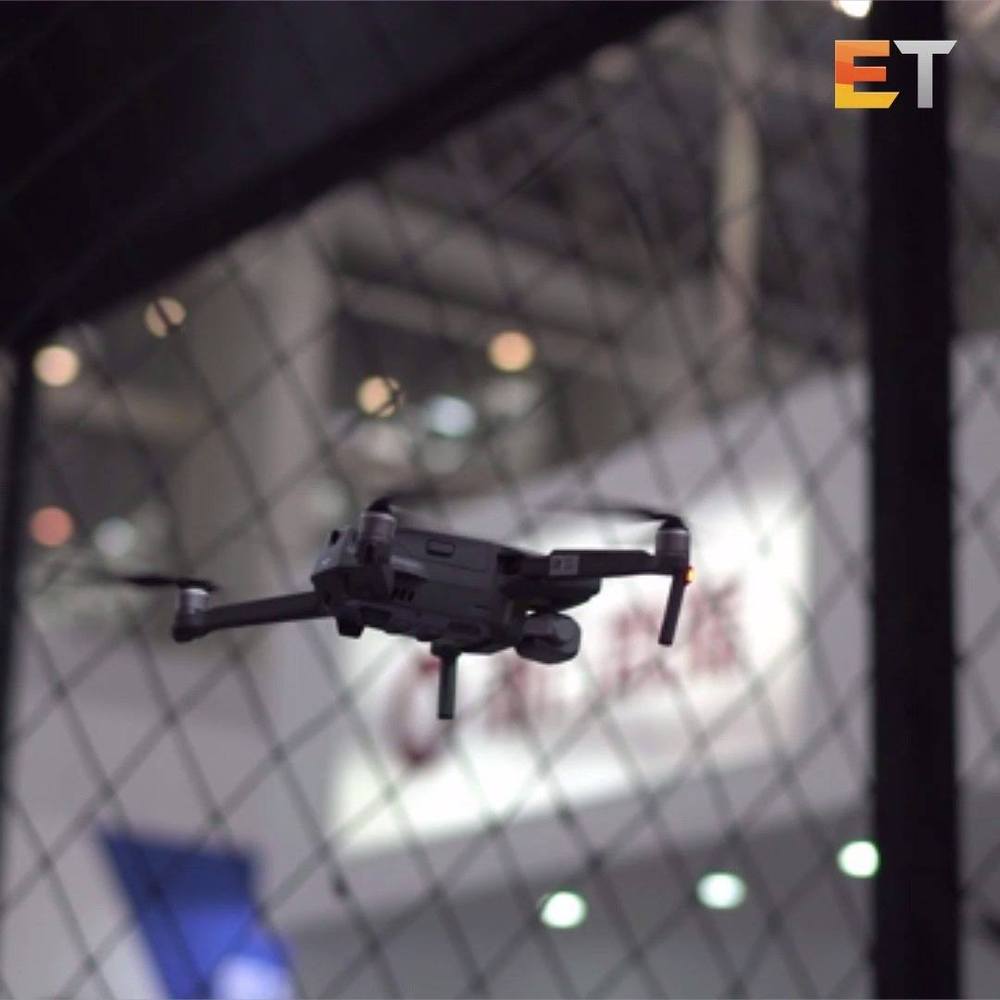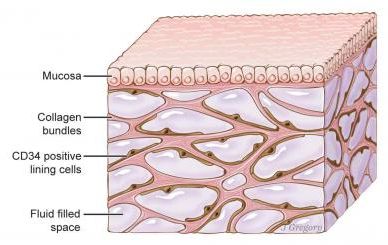Page 7567
Aug 23, 2019
Bernie Sanders Wants to Ban Facial Recognition for Policing, I Disagree
Posted by B.J. Murphy in categories: information science, law enforcement, policy, robotics/AI
Under his plan, “Justice and Safety for All,” Bernie Sanders wants to ban facial recognition software for policing. As a supporter of Sanders, I’m going to have to respectfully disagree. Here’s why…
Last Sunday, presidential-hopeful Bernie Sanders released on his website what is arguably one of the most extensive plans for law enforcement oversight and criminal justice overhaul that the United States has ever seen. As a progressive, myself, and supporter of Sanders during his primary run, I fully endorse everything that’s been laid out in this plan— that is, except for one minor policy.
The plan, titled “Justice and Safety for All,” calls to “Ban the use of facial recognition software for policing.” It also calls for a “moratorium on the use of the algorithmic risk assessment tools in the criminal justice system until an audit is completed,” whereby the audit would “ensure these tools do not have any implicit biases that lead to unjust or excessive sentences.”
Continue reading “Bernie Sanders Wants to Ban Facial Recognition for Policing, I Disagree” »
Aug 23, 2019
In Support of the Vera C. Rubin Observatory
Posted by Genevieve Klien in category: space
The House of Representatives has taken the first step toward honoring a pioneering woman in astronomy.
Aug 23, 2019
Gene editing to stop Lyme disease: caution is warranted
Posted by Genevieve Klien in categories: bioengineering, biotech/medical, genetics
A project to use genetic engineering to prevent Lyme disease transmission to humans must be independently evaluated for long-term safety and effectiveness.
Aug 23, 2019
Employees connect nuclear plant to the internet so they can mine cryptocurrency
Posted by Genevieve Klien in categories: cryptocurrencies, internet, nuclear energy, security
Ukrainian authorities are investigating a potential security breach at a local nuclear power plant after employees connected parts of its internal network to the internet so they could mine cryptocurrency.
The investigation is being led by the Ukrainian Secret Service (SBU), who is looking at the incident as a potential breach of state secrets due to the classification of nuclear power plants as critical infrastructure.
Investigators are examining if attackers might have used the mining rigs as a pivot point to enter the nuclear power plant’s network and retrieve information from its systems, such as data about the plant’s physical defenses and protections.
Aug 23, 2019
Gene editing turns cells into minicomputers that can record data
Posted by Genevieve Klien in categories: bioengineering, biotech/medical, computing, mathematics
Gene editing can turn living cells into minicomputers that can read, write and perform complex calculations. The technology could track what happens inside the body over time.
DNA computers have been around since the 1990s, when researchers created DNA molecules able to perform basic mathematical functions. Instead of storing information as 0s and 1s like digital computers do, these computers store information in the molecules A, C, G and T that make up DNA.
Aug 23, 2019
Aerospace Firm Shows Off Giant Inflatable Space Habitat
Posted by Shailesh Prasad in categories: space, transportation
Most of the spacecraft in science fiction are ridiculously spacious, but real life is much less luxurious. The International Space Station (ISS) has just 388 cubic meters of habitable space, and future deep-space assignments could have astronauts serving much longer tours of duty. NASA has partnered with Sierra Nevada Corporation to explore ways to make spacecraft a bit less cramped, and the company has now completed a prototype inflatable habitat module with almost as much living space as the entire ISS.
NASA originally funded the NextSTEP-2 program to develop technologies for long-term missions like the Lunar Gateway station and a journey to Mars. The current plan is to make the Lunar Gateway a smaller modular station that will initially have just a small life support area and docking for lunar landers. The inflatable habitat shown off at Johnson Space Center this week could eventually add a lot more living areas to the Gateway and other missions.
This isn’t NASA’s first look at inflatable habitats. The agency partnered with Bigelow Aerospace to deploy a small inflatable prototype module to the ISS called the Bigelow Expandable Activity Module (BEAM). The 16 cubic meter volume of BEAM is a far cry from the Sierra Nevada mockup, though.
Aug 23, 2019
Smaller, cheaper, sharper lenses should be possible as Mexican scientist solves aberration problem
Posted by Shailesh Prasad in categories: information science, mathematics
One of the oldest problems in optics has been solved. Rafael Gonzalez from Mexico’s Tecnologico de Monterrey has come up with an almost comically dense equation that can be used to almost completely eliminate spherical aberration in optical lenses, and the effects could be widespread.
Camera lenses are insanely complex and extraordinarily precise devices, and one of the reasons for this is spherical aberration. This is distinct from chromatic aberration, or color fringing, which you get when a lens is unable to focus light from all parts of the visual color spectrum together. Spherical aberration is what causes some lenses to be sharp in the middle, but blurrier toward the outside edges.
Lens manufacturers have for years been building aspherical lenses to try to counteract this effect, modifying the sphere shape slightly to try to sharpen up the whole image. By and large, many have done a great job, as evidenced by the general optical sharpness of today’s lenses. But rather than working to a precise mathematical formula that works to correct all spherical lens aberration, lens companies have had to work on each lens as a separate problem, finding solutions that worked, more or less, but forcing them to start over each time.
Aug 23, 2019
Newfound ‘organ’ had been missed
Posted by Shailesh Prasad in category: biotech/medical
Researchers have identified a previously unknown feature of human anatomy with implications for the function of all organs, most tissues and the mechanisms of most major diseases.
Published March 27 in Scientific Reports, a new study co-led by an NYU School of Medicine pathologist reveals that layers of the body long thought to be dense, connective tissues — below the skin’s surface, lining the digestive tract, lungs and urinary systems, and surrounding arteries, veins, and the fascia between muscles — are instead interconnected, fluid-filled compartments.
This series of spaces, supported by a meshwork of strong (collagen) and flexible (elastin) connective tissue proteins, may act like shock absorbers that keep tissues from tearing as organs, muscles, and vessels squeeze, pump, and pulse as part of daily function.
